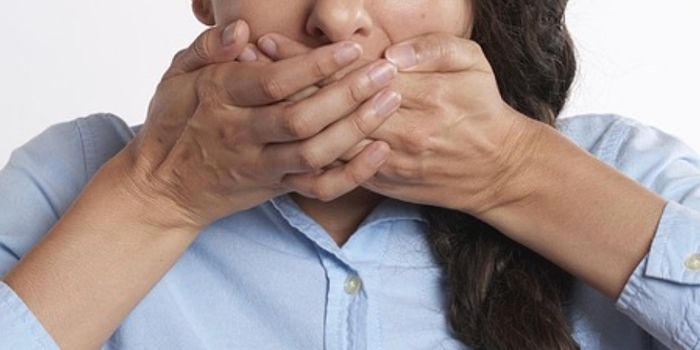Scientists Discover a Tooth Decay-Related Germ
Researchers have discovered a species of bacteria, Selenomonas sputigena, which plays a significant role in tooth decay. S. sputigena has previously been linked to gum disease, and it's long been thought that microbes called Streptococcus mutans, which generate plaques and acids, are the primary cause of tooth decay or cavities as noted by Dentist Hamilton. But these findings, reported in Nature Communications, have shown that S. sputigena work to promote the tooth degrading power of S. mutans.
"This was an unexpected finding that gives us new insights into the development of caries, highlights potential future targets for cavity prevention, and reveals novel mechanisms of bacterial biofilm formation that may be relevant in other clinical contexts," said co-senior study author Professor Hyun (Michel) Koo DDS, PhD, Co-Director of the Center for Innovation & Precision Dentistry at the University of Pennsylvania School of Dental Medicine.
When children and adults do not practice good dental hygiene, bacteria that produce acid like S. mutans can build up, which can lead to the presence of bacterial biofilms in the form of plaque. Bacteria that live in plaque consume sugars that are found in foods or drinks, triggering the release of acids. These microbial acids can start to affect to enamel on teeth and create cavities or caries over time. Caries are the most common chronic disease in the world among children and adults.
Many bacterial species have been associated with dental plaque, including Selenomonas species. But these microbes don't need oxygen and are typically found under the gums in gum disease patients. This is the first time, however, that researchers have shown that Selenomonas can also drive cavity formation.
In this work, the researchers obtained dental plaque samples from 300 kids between the ages of three and five. Half of the children had caries. The investigators performed a variety of assays on these samples to identify the activity of bacterial genes and biochemical pathways. The plaque was also analyzed directly with microscopy. Plaque samples from another set of 116 children of the same ages were used to validate the findings.
Other than S. mutans, a few other microbes were found to be associated with caries, including S. sputigena. However, S. sputigena cannot cause caries on their own. Instead, they act as a partner to S. mutans.
S. mutans consume sugar and produce molecules called glucans that are a sticky part of the dental plaque. S. sputigena has appendages that provide mobility, but the glucans trap the bacterial cells. After being trapped in the glucans, S. sputigena quickly reproduce and create honeycomb-shaped "superstructures" that surround and shield S. mutans. With animal models, the study authors determined that acid production is significantly increased in these structures, which worsens caries severity dramatically.
The study has revealed a more complex relationship between microbes than we were aware of, noted Koo. Our improved understanding of cavity development may help scientists develop better prevention methods. "Disrupting these protective S. sputigena superstructures using specific enzymes or more precise and effective methods of tooth-brushing could be one approach," suggested Koo.
Now, the investigators want to know more about how a microbe that doesn't need oxygen winds up living in the oxygen-rich environment on the surface of teeth.









